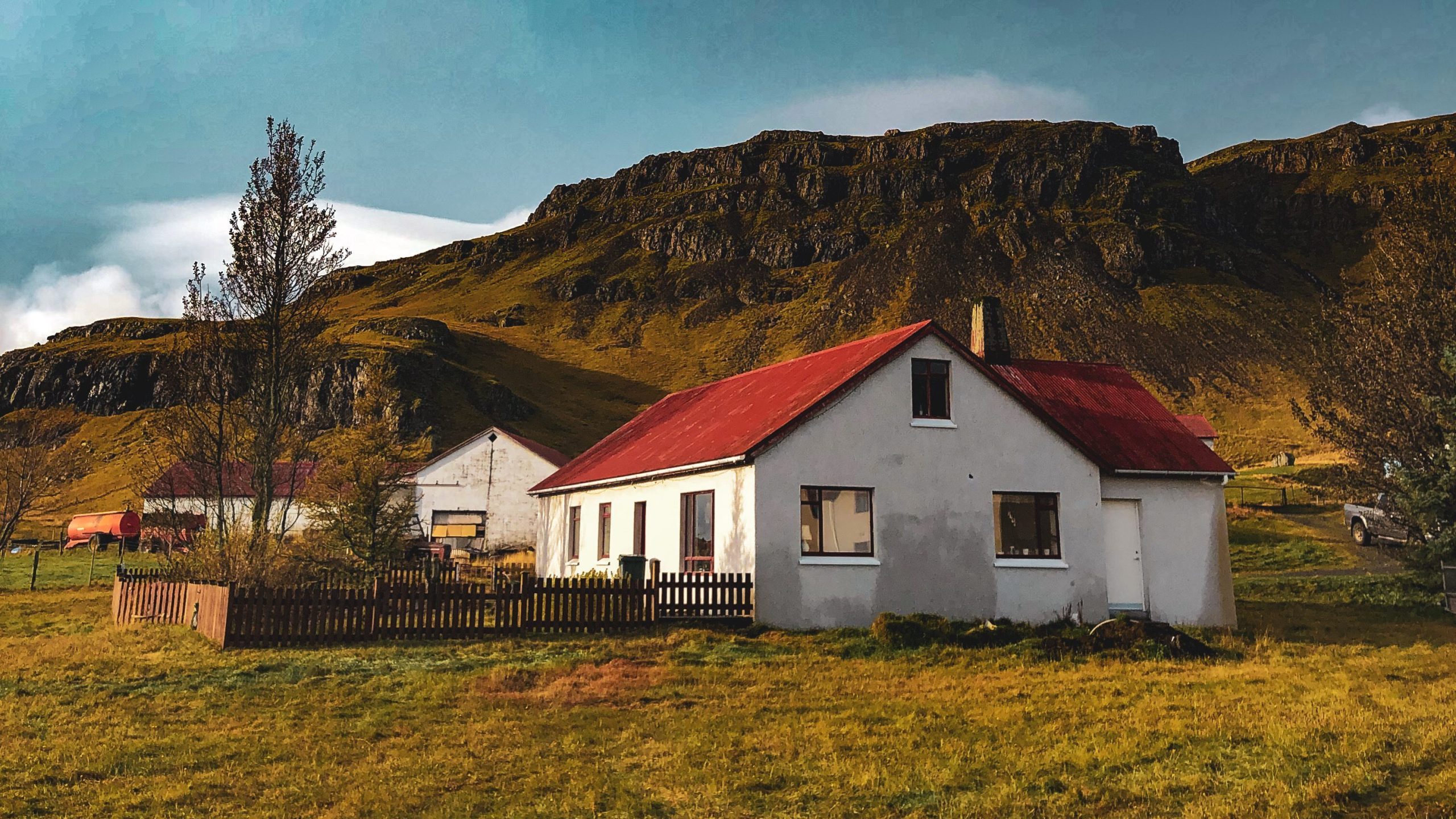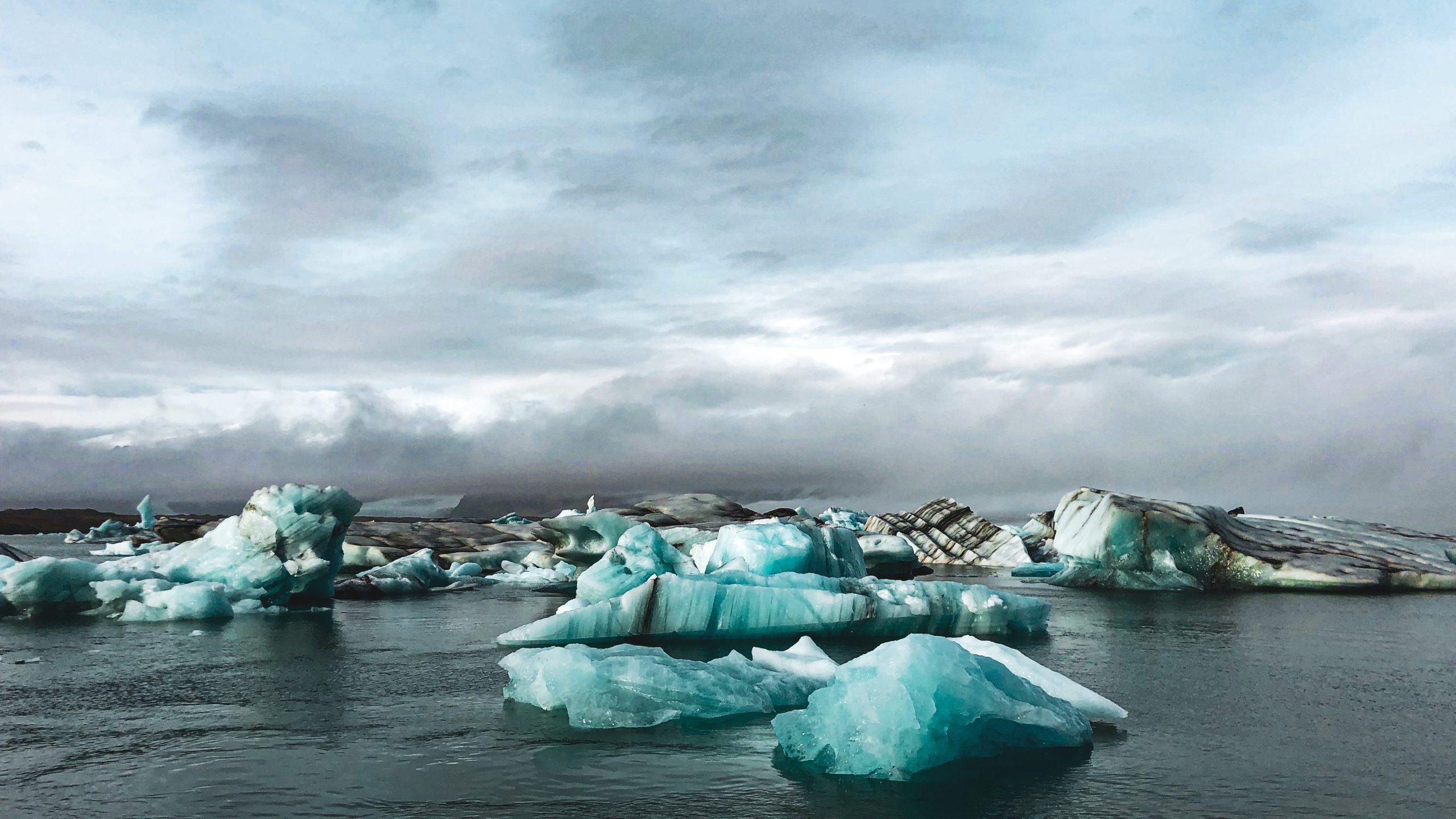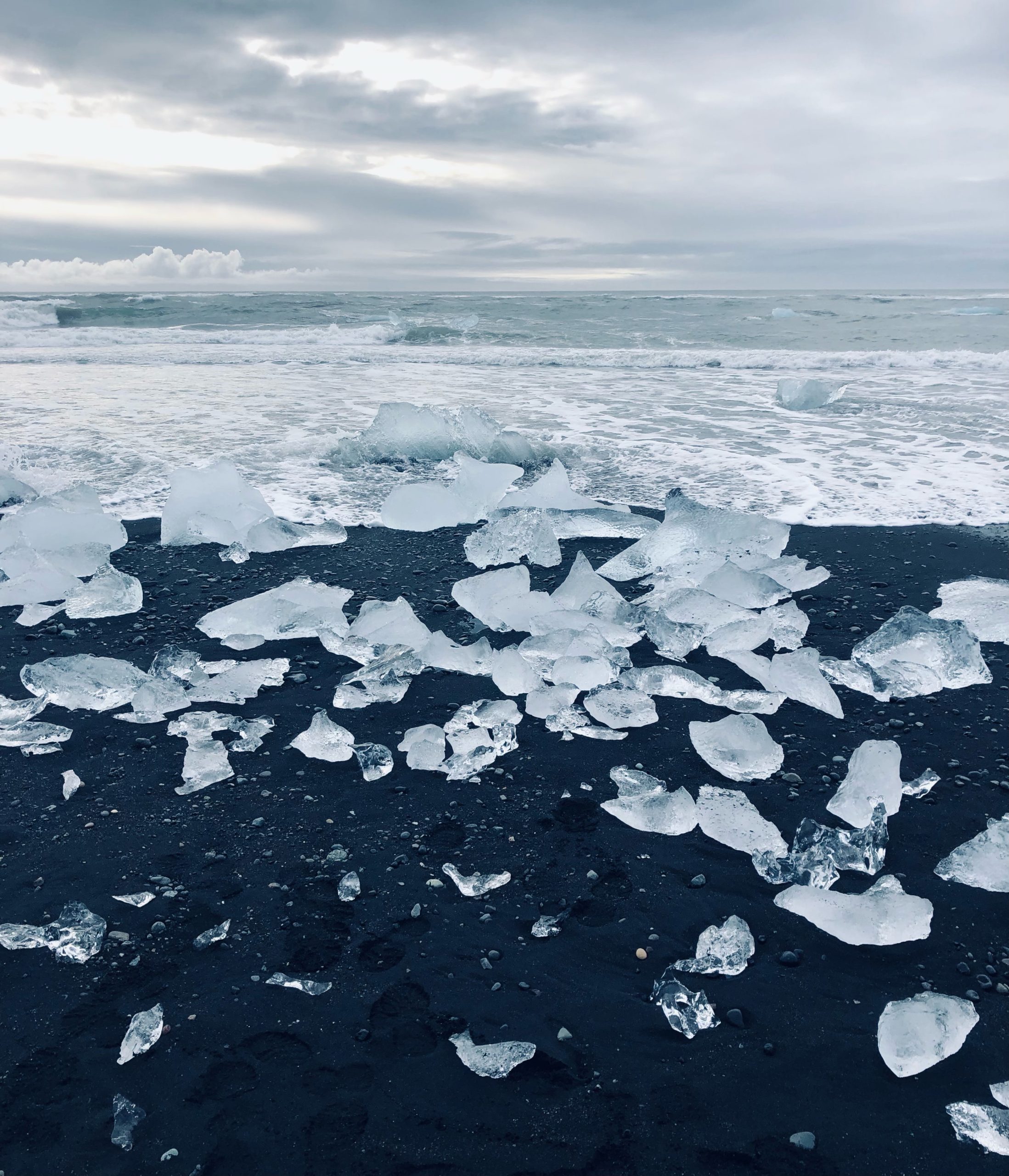
Iceland is one of the most magical place on planet earth. With its breathtaking nature it makes the perfect travel destination but with one big cost: over tourism.
Iceland main economy is based on fishing and tourism and if we consider that Iceland counts a total population of 400.000 people and yet every year more than 2 millions tourists set their feet into the island, we understand why this might be a problem.
With this numbers it’s safe to say that travelling sustainably to Iceland is a challenge: From one side over tourism it is a big issue for the environment but on the other side tourism is very important as it is basically the main means of support for its population. The government is clearly struggling to balance this duality and preserving or limiting the damages of tourism.
The challenge here is big but shifting our perspective and becoming more aware can help us to plan a more responsible and sustainable (as much as we can) trip in one of the most touristy place on the planet.
Do you want to know how? Continue reading to find out more on how to plan your sustainable trip to Iceland.

Planning your trip:
- Travel with a purpose: First rule if you want to be a responsible traveller is always having a plan and a purpose behind every trips. Why do you want to travel to Iceland?” Is it for the nature? for the food? “What are the things you want to see?” This will help you to define better your responsible travel itinerary.
- When to go: Iceland is beautiful and special in every season (from the Midnight sun in Summer to the Northern Lights in Fall/Winter) but as responsible traveller the best time to go is off season. Ideal months to go to Iceland are from September to November (less crowd, you’ll enjoy more).
- Transportation to and within Iceland: There are not much choices when it comes to reaching Iceland: taking a flight is the only choice (unless you want to sail there but that is expensive and not easy to do) so you can remedy that by offsetting your flight. Once you get to Iceland there are not many ways you can move around, as Iceland doesn’t have a railway system (NO TRAINS in Iceland): so you either rent a car (opt for the electric one) or go with a tour (usually big buses with average of 15-16 people per tour).
- Where to stay: Opt for local stays, in Reykjavik there are lots of guest houses near the city center or if you prefer a little bit more comfortable stay you can search eco hotels on https://ecohotels.com/.

Iceland Does and Don’ts
- Respect the Nature: In Iceland is the nature that rules the human and not vice versa. The weather is unpredictable, can be very rough, windy and also dangerous. So you need to be ready to change your plans according to the nature: is it too windy to drive? Don’t put yourself in danger stop for a while and take your trip slower.
- Don’t go off road: I know that the landscape in Iceland is breathtaking and you would like to take 100 pictures of every possible angle of the island. But like mentioned above the island can be very dangerous especially if you don’t follow the regular path and remember that your car might not be able even to take certain roads so always stick to the main roads. If you want to check the road conditions you can visit this website for live updates: https://www.road.is/.
- Don’t go wild camping: Wild camping in Iceland is ILLEGAL. It’s for your own safety so if you want to go camping search for facilities that allow people to camp safely.
- Bring your own reusable bottle: Iceland has one of the best water in the world. Almost everywhere you go you can fill your own bottle with fresh and pure water so you don’t need to buy any plastic bottles for the entire trip.
- Take the Responsible Tourist Pledge: https://pledge.visiticeland.com/. It is important that you are aware of what you can do and what you can’t do when visiting Iceland. So take the Responsible tourist pledge, it literally takes 40 seconds!
- Respect the sheeps you find on the road: Driving around Iceland you will notice that sheeps are all around you! They might cross the street you are driving in, so be careful! Don’t scare them with the car horn, just be patient and wait for them to pass by.
- Don’t pack with too many things: Travel light! Yes Iceland is cold and windy and you will need to wear layers, but you don’t need 10 different outfits for that.
- Don’t Stop in the middle of the road: Even if you don’t see anyone around, don’t stop in the middle of the road because you want to take pictures. Pullover only in places where it is allowed to park.
- Don’t risk your life for a picture: This is one of the most important ones. It’s not so uncommon to hear tourists losing their lives or being injured in Iceland while they were taking pictures. Places like the Reynisfjara beach is very dangerous, the waves in this beach can get very aggressive and pull you inside of the ocean and you won’t be able to come back. SO BE CAREFUL ALWAYS.
- Enjoy the nature at its fullest: Connect with the wilderness of Iceland nature. It is magical, breathtaking and rough.

With the right mindset, by shifting our approach from “that’s not my responsibility, I don’t care” to individual responsibility “I can actually have a positive impact” we can make a difference on the countries we are visiting, we can limit our damage to the environment, we can help the locals, we can become more aware of the issues and the importance of respecting the nature.
